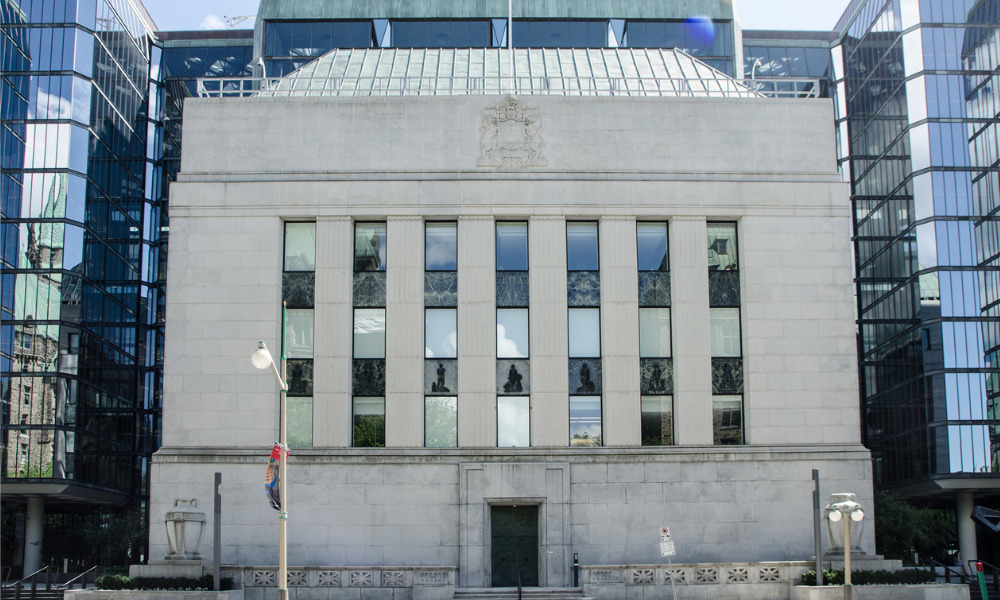Robust performance might give the central bank a reason to reconsider its approach

The Canadian labour market’s robust April performance could be a prelude to the Bank of Canada reconsidering its current policy rate strategy, according to market observers.
Fresh numbers from Statistics Canada showed that the national economy saw 41,000 new jobs added last month, having risen by 6,000 jobs from March and representing an increase that kept the unemployment rate steady at 5% for the fifth consecutive month.
The BoC’s benchmark interest rate is currently frozen at 4.5%, with the central bank deciding to pause its rate hikes in early 2023 due to decelerating inflation growth.
However, while Canada’s labour market looks “very firm” at the moment, it will likely get bogged down by the growth headwinds stemming from the BoC’s rate-hike campaign over the last year coupled with tightening credit conditions south of the border, said Nathan Janzen, assistant chief economist at Royal Bank of Canada (RBC).
“With growth concerns building, the BoC is likely done hiking interest rates,” Janzen said. “But labour markets are too strong and inflation still running too hot to justify a quick shift to cuts. We expect the BoC to remain on hold for the rest of this year.”
BMO chief economist Doug Porter stressed that the latest StatCan numbers show “no evidence that the labour market is softening at all.”
“If this persists through the spring, the [BoC] may yet be forced to rethink its rate pause, especially with the housing market showing signs of reviving,” Porter said, as reported by Bloomberg.
In its recent summary of deliberations, the central bank cited the Canadian labour market’s sustained strength as a key factor in its decision to keep its benchmark interest rate at 2% for two consecutive policy announcements.
“The current pace of wage growth, if sustained, would not be consistent with getting inflation back to 2% without a substantial increase in productivity (which has been declining in recent quarters),” the BoC said.
“Governing Council members agreed that while a risk of a sharper slowdown remains, based on their current outlook, cutting rates later this year did not seem to be the most likely scenario.”



